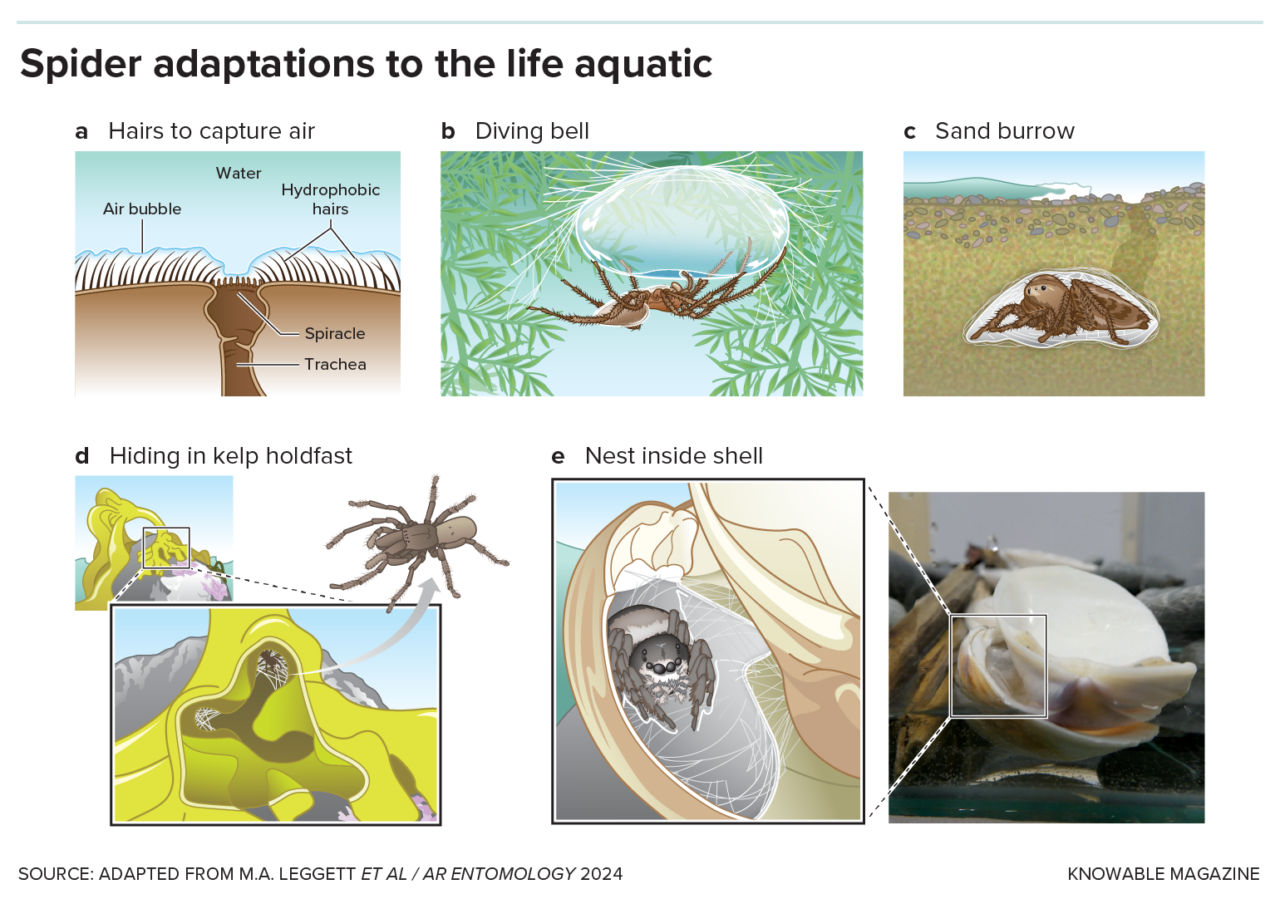Thanks! I'm never holding a conch shell to my ears ever again.
Cool Guides
Rules for Posting Guides on Our Community
1. Defining a Guide Guides are comprehensive reference materials, how-tos, or comparison tables. A guide must be well-organized both in content and layout. Information should be easily accessible without unnecessary navigation. Guides can include flowcharts, step-by-step instructions, or visual references that compare different elements side by side.
2. Infographic Guidelines Infographics are permitted if they are educational and informative. They should aim to convey complex information visually and clearly. However, infographics that primarily serve as visual essays without structured guidance will be subject to removal.
3. Grey Area Moderators may use discretion when deciding to remove posts. If in doubt, message us or use downvotes for content you find inappropriate.
4. Source Attribution If you know the original source of a guide, share it in the comments to credit the creators.
5. Diverse Content To keep our community engaging, avoid saturating the feed with similar topics. Excessive posts on a single topic may be moderated to maintain diversity.
6. Verify in Comments Always check the comments for additional insights or corrections. Moderators rely on community expertise for accuracy.
Community Guidelines
-
Direct Image Links Only Only direct links to .png, .jpg, and .jpeg image formats are permitted.
-
Educational Infographics Only Infographics must aim to educate and inform with structured content. Purely narrative or non-informative infographics may be removed.
-
Serious Guides Only Nonserious or comedy-based guides will be removed.
-
No Harmful Content Guides promoting dangerous or harmful activities/materials will be removed. This includes content intended to cause harm to others.
By following these rules, we can maintain a diverse and informative community. If you have any questions or concerns, feel free to reach out to the moderators. Thank you for contributing responsibly!
Just look carefully...Unless the spider has a stealth skill active then you are SOL.
I don't like this guide. It's cool and informative, but hard to follow.
Yea it's more of a figure that I stole from the article than a proper guide. I'll add the caption which had more context for the figure
Thw first picture is kind of informative. After that there is a severe lack of information.
I also fail to see how nesting in a shell or general burrowing are "adaptations to aqautic life". Especially the last one is just a spider nesting a secluded space that happen to have some aquatic origin. The last 3 pictures are basicially just "waterproof silk".
It’s like you’re trying to make the beach more difficult to enjoy.
The ones that adapt well enough will eventually have their offspring served up at Red Lobster. If Red Lobster is still around in a few hundred thousand years.
